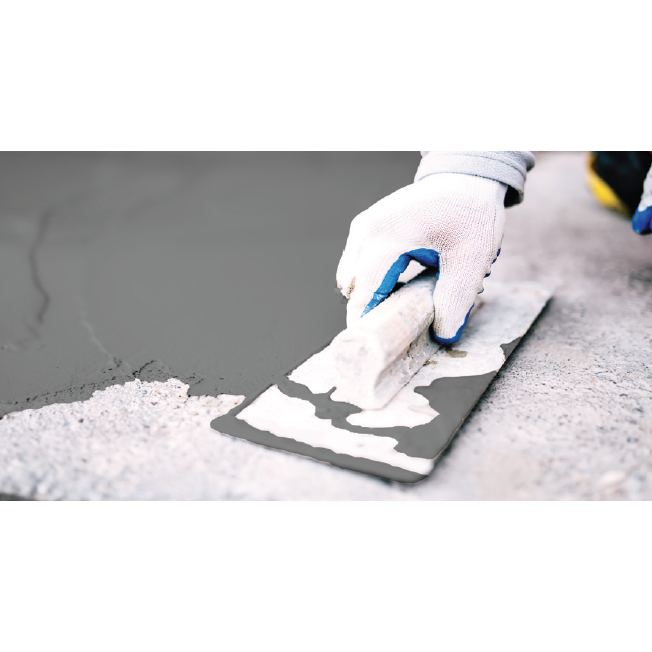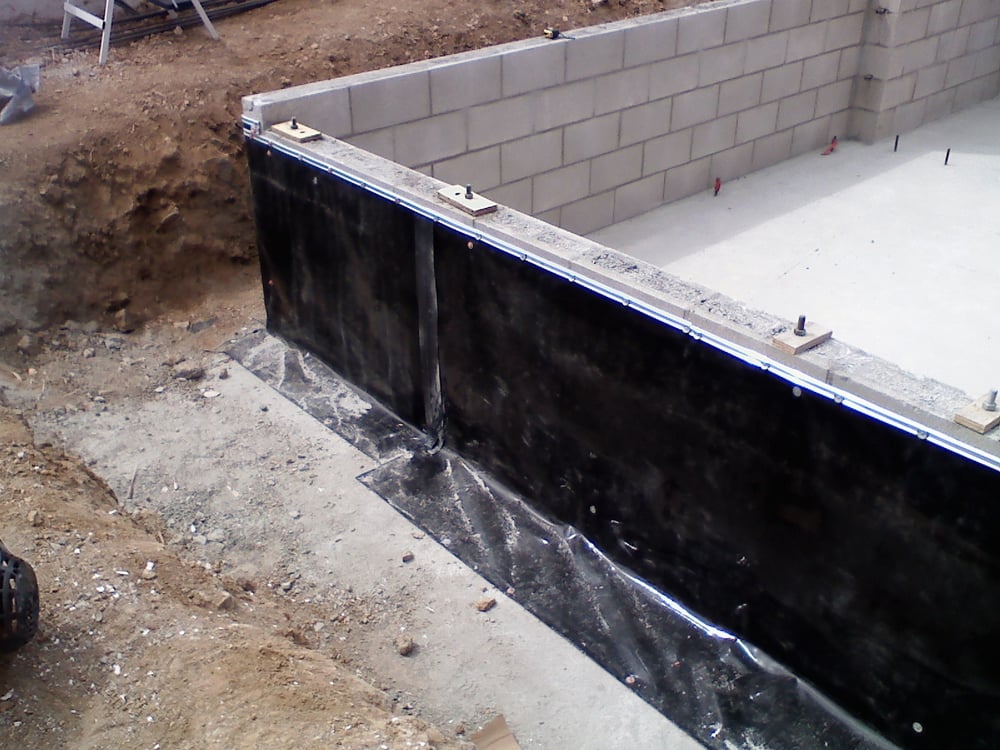French drain installation Omaha Explained: What Every Homeowner Should Know
Sorts of Waterproofing: Discovering the Different Methods and Their Applications
Waterproofing is an essential element of building and construction and maintenance. It secures structures from the damaging effects of water damages. There are numerous techniques available, each with its special applications and advantages. From membrane systems to cementitious options, recognizing these choices is crucial for efficient application. The selection of waterproofing method can considerably influence sturdiness and long life. Exploring these different strategies reveals their unique benefits and possible challenges, prompting additional factor to consider of ideal services.
Membrane Layer Waterproofing Systems
Membrane waterproofing systems function as a critical barrier versus water breach in numerous frameworks. These systems generally contain slim sheets made from materials like rubber, thermoplastic, or bitumen, which are applied to surface areas to avoid dampness infiltration. They can be mounted over or listed below quality and are especially efficient in locations susceptible to high water direct exposure, such as basements, roofings, and foundations.The setup process includes cleaning up the substrate, applying adhesives or guides, and specifically suitable the membrane layer to ensure total protection. Membrane systems can be either fully stuck, mechanically affixed, or laid loose, relying on the certain demands of the project. They offer resilience and flexibility, accommodating architectural motions without jeopardizing their waterproofing abilities. Additionally, these systems can be reinforced with added layers for boosted security. Ultimately, membrane layer waterproofing systems are necessary for securing structures versus water damages and maintaining lasting stability.
Liquid-Applied Waterproofing Coatings
Liquid-applied waterproofing finishings offer a versatile remedy for securing surfaces from water seepage - Drainage & waterproofing company Omaha. These finishings include fluid materials that, when used, develop a seamless, adaptable membrane. Their flexibility permits application on numerous substrates, consisting of concrete, metal, and wood. The finishes can be used in varied settings, from domestic to commercial settings, making them ideal for roofing systems, structures, and below-grade structures.One considerable advantage of liquid-applied coverings is their capacity to adhere to uneven forms and permeate splits, creating a robust obstacle versus moisture. They commonly show outstanding bond homes and resistance to UV radiation, ensuring longevity and toughness. Additionally, the application process is usually uncomplicated, enabling quick setup and lowered labor costs. This method likewise lessens the threat of water merging, as the continuous layer efficiently guides water far from at risk areas. Generally, liquid-applied waterproofing finishes are a reliable choice for extensive water security
Cementitious Waterproofing Solutions

Cementitious waterproofing solutions supply a durable alternative for frameworks needing read the article reputable moisture protection. These systems mostly utilize a blend of cement, sand, and chemical additives to create a waterproof barrier. They are often related to surface areas such as concrete walls, foundations, and floors, giving a resilient, durable important link defense versus water intrusion.One of the key benefits of cementitious waterproofing is its ease of application; it can be applied using a brush, roller, or spray, making it appropriate for numerous project sizes. In addition, this method works with several surface areas and can typically be made use of in conjunction with other waterproofing techniques.Cementitious options are specifically effective in atmospheres where water direct exposure is a concern, such as basements or below-grade frameworks. Their excellent bond properties ensure that they bond well with substratums, offering a solid and impenetrable layer against wetness infiltration.
Bentonite Waterproofing
Bentonite waterproofing is a very efficient technique that utilizes salt bentonite clay to create an all-natural obstacle against water. This technique exploits the special buildings of bentonite, which expands upon contact with water, securing any kind of possible leakages and protecting against dampness seepage. It is generally made use of in numerous applications, consisting of structure walls, tunnels, and keeping walls, where water resistance is essential.Bentonite can be applied in several forms, such as panels or blankets, giving convenience in installment. Its capacity to self-seal makes it an eye-catching alternative for locations subject to moving dirt or rising and falling water degrees. Furthermore, bentonite waterproofing is eco pleasant, as it is an all-natural product that does not introduce damaging chemicals right into the surroundings.
Drainage and External Waterproofing Equipments
Efficient waterproofing commonly entails a mix of approaches, consisting of water drainage and outside systems. Drain systems, such as French drains and sump pumps, are developed to redirect water far from frameworks, minimizing hydrostatic stress versus foundations. wet basement waterproofing These systems are essential in preventing water accumulation that can lead to structural damage and mold growth.External waterproofing, on the various other hand, entails using safety barriers to the structure's outside. Methods such as the setup of water resistant membrane layers, layers, or sealers can help protect against water infiltration. This approach not just secures the foundation however also improves the total toughness of the structure.Together, drainage and outside waterproofing systems form a thorough option to take care of water successfully. By implementing these techniques, homeowner can protect their financial investments against the harmful effects of dampness, ensuring long-lasting stability and safety and security for their buildings.
Regularly Asked Concerns
Exactly how Do I Select the Right Waterproofing Approach for My Project?
Selecting the right waterproofing technique relies on variables such as project kind, ecological conditions, budget plan, and wanted longevity. Evaluating these aspects permits notified choices tailored to specific demands and needs.

Can Waterproofing Be Applied in Winter Issues?
Waterproofing can be used in winter problems, but it calls for specific materials and strategies. Cold temperatures may influence curing times and bond, demanding careful option of products developed for low-temperature application.
What Are the Usual Signs of Waterproofing Failure?
Typical indicators of waterproofing failing consist of noticeable water stains, peeling paint, moist odors, mold and mildew development, and splits in walls or foundations. Landscape drainage Omaha. These signs suggest that wetness is permeating the barrier, jeopardizing its efficiency
The Length Of Time Does Waterproofing Last Before Needing Maintenance?
The longevity of waterproofing varies, usually lasting between 5 to 10 years. Elements such as worldly high quality, environmental conditions, and maintenance techniques influence its sturdiness, demanding regular evaluations to assure effective defense versus water invasion.
Exist Eco-Friendly Waterproofing Options Available?
The concern of eco-friendly waterproofing options exposes an expanding rate of interest in lasting products (Sump pump discharge drainage Omaha). Different natural materials, such as plant-based sealants and recycled products, provide reliable options while reducing ecological effect, appealing to eco mindful customers